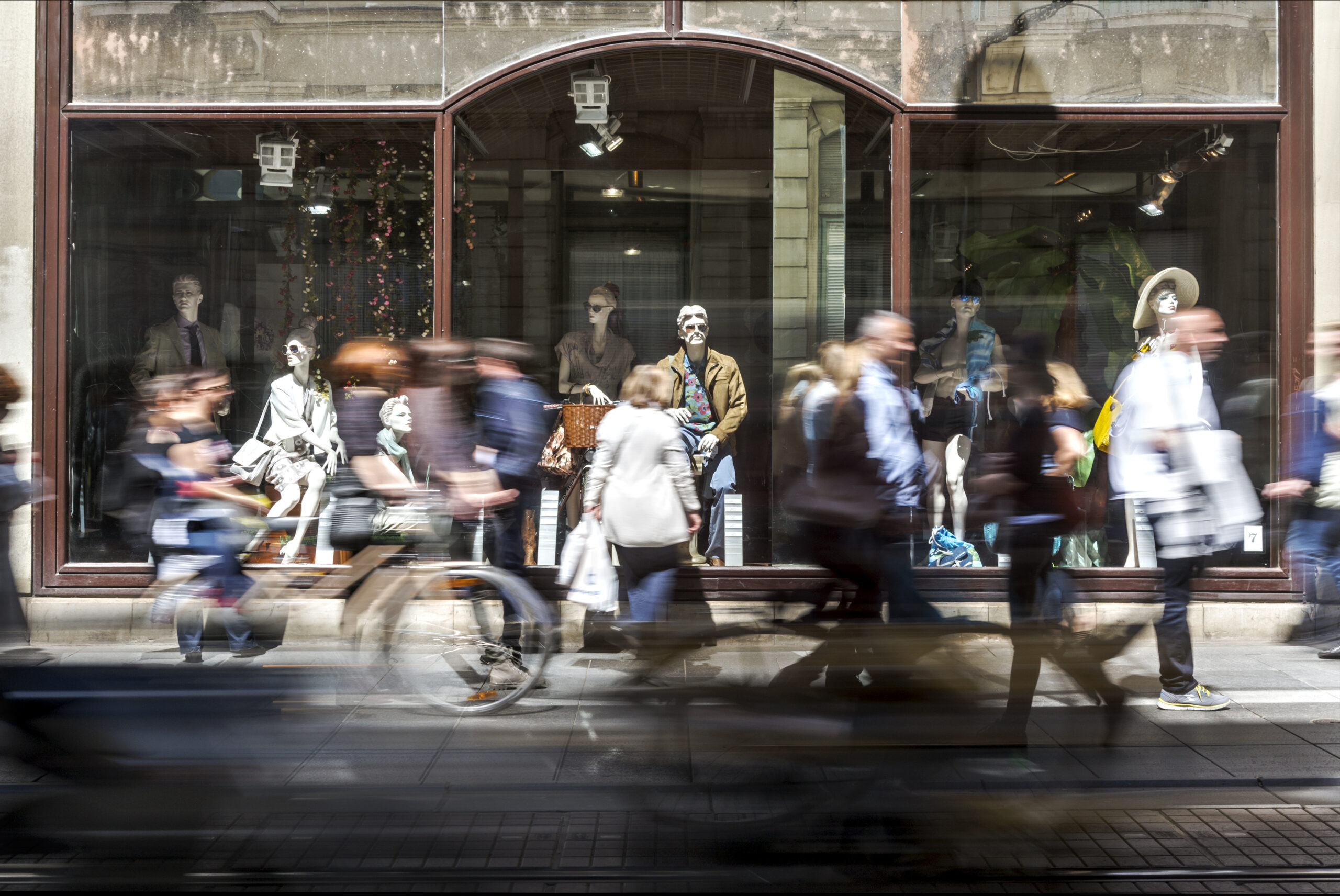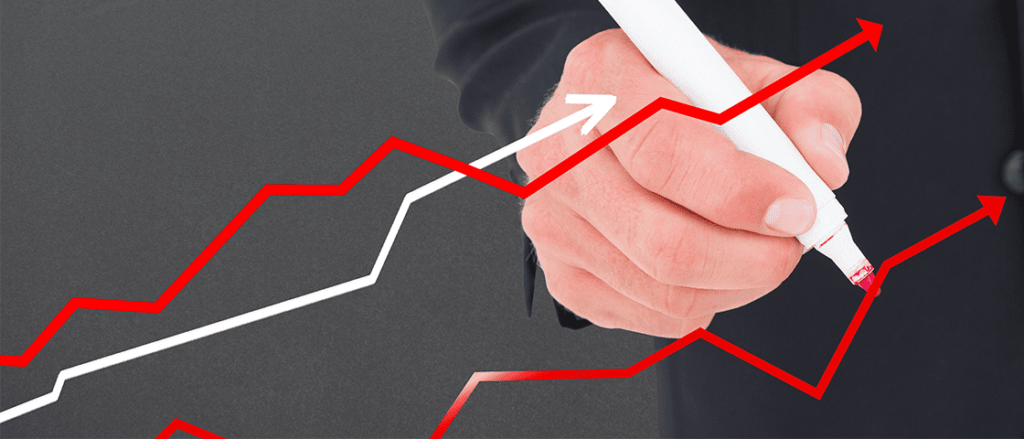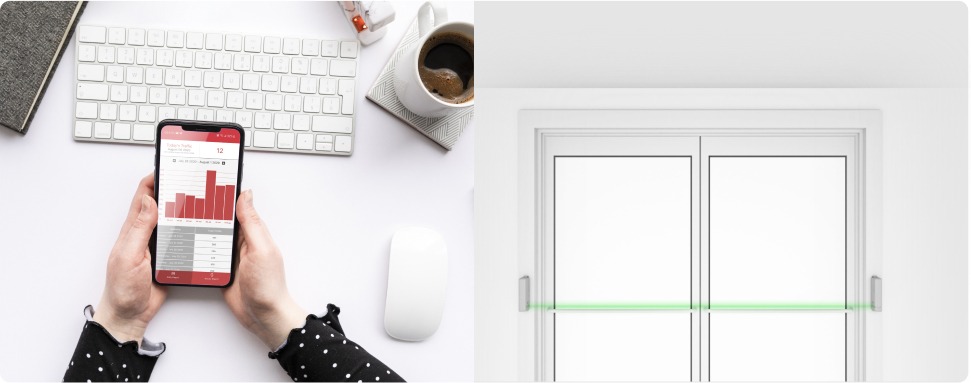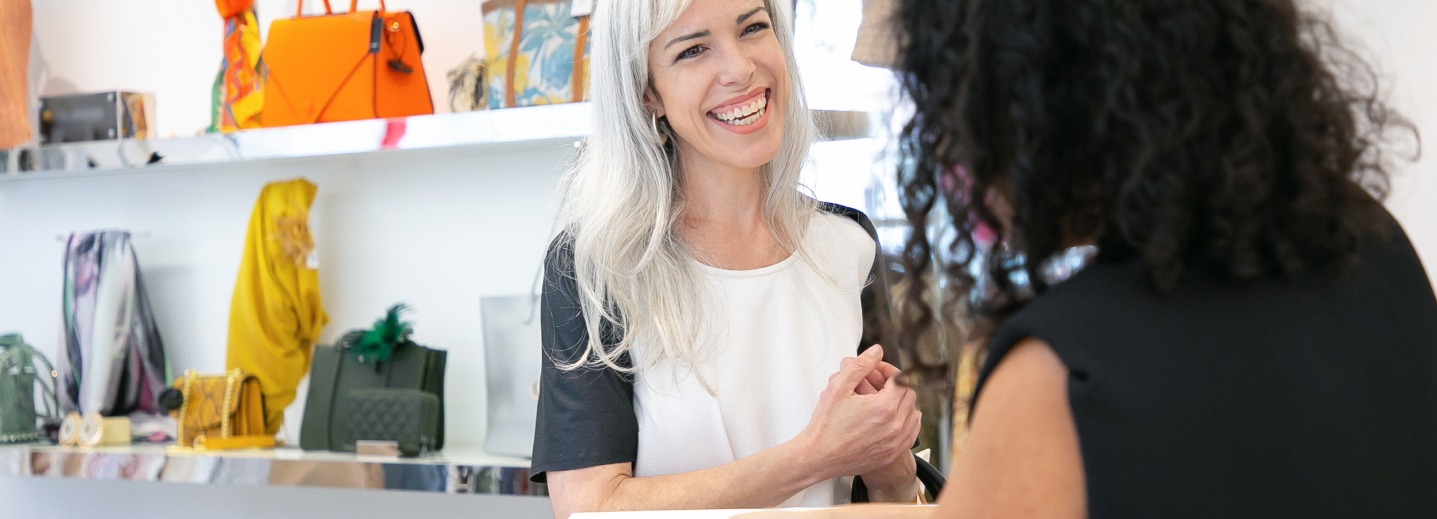Retailers are forever searching for new ways to improve the customer experience and boost sales. We explore advancements in retail technology, and examine how they’ve shaped the retail industry over the years.
The modern retail industry emerged in the late 1800s with the introduction of department stores. Moving away from the small-town model of specialist-only stores, the department store model provided large numbers of shoppers a much wider choice. With this boost in consumer traffic the department store era ushered in the advancement of retail technologies. The first cash registers appeared during this period, though at this time they were little more than simple adding machines. Introduced as part of an effort to stop employees from pilfering profits, retailers used registers to keep cash safely locked away. The trademark bell noise you associate with old registers was designed to alert eagle-eyed store managers that the cash drawer was open.
The concept of buying items ‘on credit’ has long been a part of the retail industry, however, the first credit cards didn’t emerge until the 1940s.At this time many banks and retailers were beginning to see the merit in using plastic credit cards. In September 1958, Bank of America launched the ‘BankAmericard’ which was the first successful modern credit card. Retail stores began to notice that consumers tend to spend more when using their credit cards, a trend that continues to this day.
A recent study found that shoppers spend approximately 112% more when using credit cards than they do when using cash.
In the 1970s retail had become an automated industry. The most influential technology to be introduced at this time was the barcode, which is still commonly used in today’s stores. Barcodes are machine-readable codes, which revolutionised the way in which stores operated. Stock control was easily managed by monitoring volumes of sales, and the checkout processes was improved letting cashiers simply scan items instead of inputting individual prices. American retail giant Kroger was amongst the first chain stores to introduce barcode scanning.
With the advent of the internet in the 1990s, ecommerce took the retail industry by storm. Both Amazon and eBay were launched in 1995, changing the ecommerce landscape forever. Since this time almost all retailers have followed suit, with 86% of all retailers having an online presence. The emergence of mobile technology has seen more and more consumers shopping on their mobile devices. Many large retailers are choosing to invest heavily in mobile optimised e-commerce sites and mobile apps, to capitalise on the rising number of mobile consumers.
Still today, one of the most important technologies in modern retail currently is the retail traffic counter .The most prevalent usage of customer counters is in assessing door traffic but it can also be used to monitor passing traffic or traffic within the store. Retailers can use people counters to determine when their stores key periods when traffic is ready to buy and ensure that they have sufficient staff in place, which in turns result in an important increase in sales.
Retail isn’t dead, it’s evolving. With the dawn of new technologies the industry is forever adapting to meet the needs of the modern consumer.
- Retailing

6 min read
How to Increase Foot Traffic in a Store: 3 Proven Strategies That Work
Many tips on "how to increase foot traffic to a store" fall short because they...











